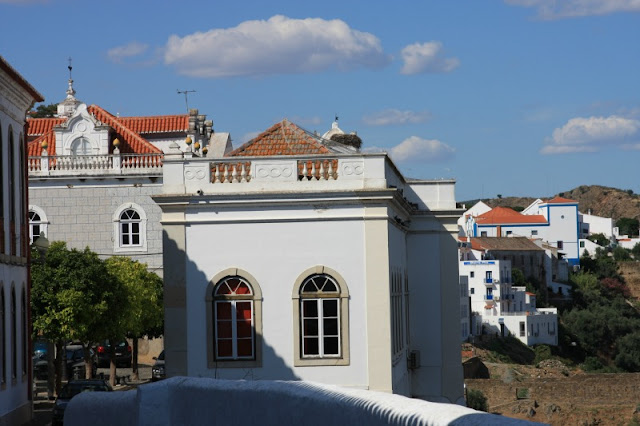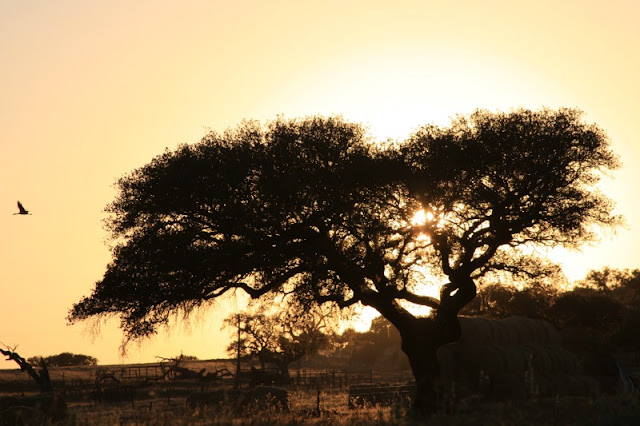Visited Monsaraz this Summer and this small town in Alentejo is so beautiful that I couldn't stop taking photos. Today, wile selecting the pictures to this post end up with more than 30 and is really difficult to me to cut some off because I want to show you how gorgeous Monsaraz is. If this is an indicator of how much I recommend a visit, you can start adding it to your list if you're about to visit Alentejo (Portugal).
Monsaraz lies along the Guadiana river, perched on a hill that rises from the Alentejo plain. It was conquered from the Moors in 1167 and handed over to the Templars by the Portuguese King D. Sancho II for its defense and settlement.
The medieval village of Monsaraz, protected by its walls is a small but beautiful town, with its shale streets, whitewashed walls and colorful flowers everywhere . With narrow streets leading towards the walls, the village presents a breathtaking view of the Alentejo countryside and of the reservoir of Alqueva dam.
While in Monsaraz one can visit the castle that for centuries played the role of Guadiana lookout post. From the top of the castle walls you'll have a fantastic view of the village and can see as far as the border with Spain.
The Main Church of Santa Maria da Lagoa, in Renaissance style, was built in the sixteenth century and replaced the former Gothic temple that existed on the site. It is located in the central square of the village, next to which the pillory. The square has other interesting buildings and is crossed by the main street of Monsaraz where you can find restaurants, coffee shops and shops.
Throughout the town you can find lovely little shops of local crafts and foods. The wines from the region are also of top quality and there are some nice wine shops that you can visit. Restaurants and coffee shops are scattered throughout Monsaraz and you can choose a nice terrace to have a good meal or to enjoy a refreshing drink. There are also places to stay if you choose to extende your visit, but you can, comfortably drive from Lisbon in the morning and come back in the afternoon.























































